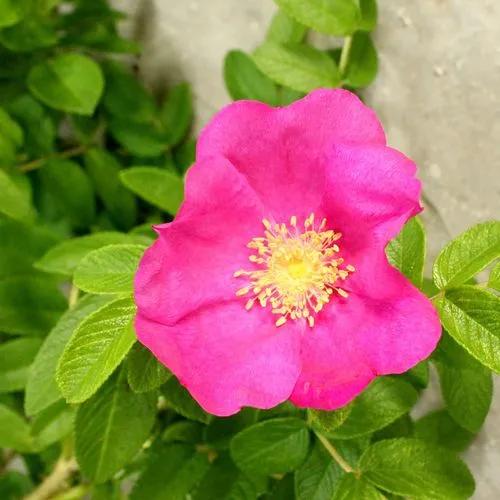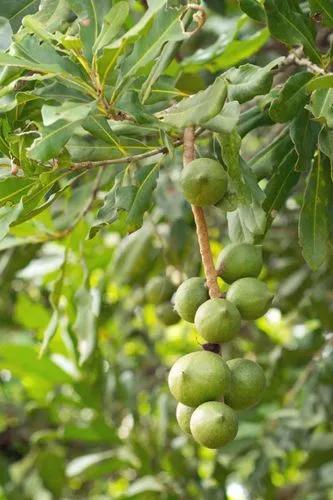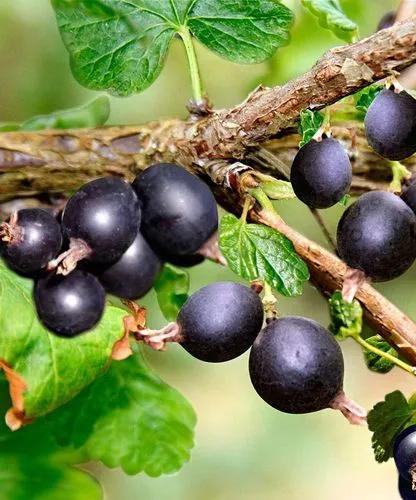Brush cherry is a slow-growing evergreen shrub or small tree with a dense, pyramidal crown. It usually grows 3 - 7 metres tall, but exceptional specimens up to 20 metres are found. The edible fruit is sometimes gathered from the wild, though it is not widely appreciated. The tree is commonly grown as a hedge and ornamental. The plant is endangered, with a serious risk of disappearing from the wild within one or two decades if current land use continues.
Magenta Lilly Pilly Care
Syzygium Paniculatum



Syzygium paniculatum, the magenta lilly pilly or magenta cherry, is a species of flowering plant in the myrtle family Myrtaceae, native to New South Wales, Australia. A broad dense bushy rainforest tree, in cultivation it grows to a height of 15 m (49 ft) with a trunk diameter up to 35 cm (14 in). The largest known example is at Ourimbah Creek, 35 m (115 ft) metres tall. The leaves are 3–9 cm (1.2–3.5 in) long, opposite, simple and slightly obovate, tapering at the leaf base. They are dark glossy green above, and paler below. White flowers are produced in clusters. The edible fruit is usually magenta, but can be white, pink or purple. A population of Syzygium paniculatum occurs on the eastern side of Jervis Bay, with trees from 20 to 30 metres tall, some with a diameter at breast height of 1.5 metres. It is commonly cultivated in eastern Australia and elsewhere. Well known as an edible wild fruit with a pleasantly sour apple-like flavour, it is eaten fresh or cooked into jams. The 1889 book 'The Useful Native Plants of Australia’ records that the synonymous Eugenia myrtifolia had common names including brush cherry and native myrtle. It also stated that "The red juice of the fruit of this tree is similar in its properties to that of red grapes. It contains free tartaric acid, cream of tartar, sugar, and red colouring matter very sensitive to the action of acids and alkalies. By fermentation it yields wine possessing a bouquet. The colouring matter, which is soluble in alcohol and ether-alcohol, but not in pure ether, is precipitated by lead-acetate, decolourised by reducing agents, and recovers its red colour on exposure to the air, just like litmus and the red colour of wine (De Luca and Ubaldini, in Watfs' Did., vi., ist Supp., 608.)." Syzygium paniculatum is commonly confused with Syzygium australe, the brush cherry.
How to Care for the Plant

Popularity

403 people already have this plant 24 people have added this plant to their wishlists
Discover more plants with the list below
Popular articles






